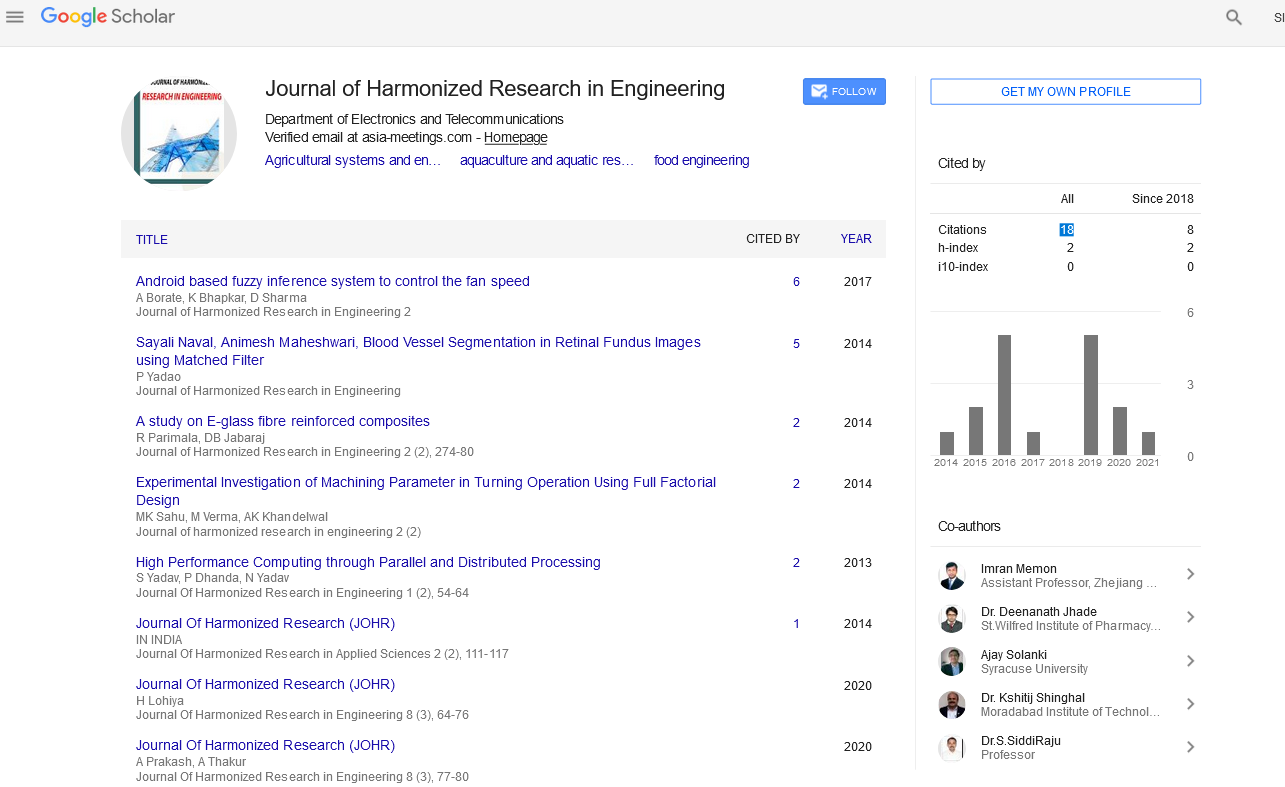PERFORMANCE ANALYSIS OF WIRELESS SENSOR NETWORKS USING OPNET
Abstract
Author(s): S. E. Saad, I. F. Tarrad, and A. A. Ammar
The increasing interest in wireless sensor networks (WSNs) can be promptly understood simply by thinking about what they essentially are: a large number of small sensing self-powered nodes which gath er information or detect special events and communicate in a wireless fashion, with the end goal of handing their processed data to a base station. Sensing, processing and communication are three key elements whose combination in one tiny device gives rise to a vast number of applications. The IEEE 802.15.4 protocol has been adopted as a communication standard for low data rate, low power consumption and low cost WSNs [1]. The ZigBee standard is close associated with the IEEE 802.15.4 protocol and specifies the network (including security services) and application (including objects and profiles) layers [2]. The Opnet Modeler is an industry leading discrete event network modeling and simulation environment [3]. Opnet Modeler was chosen due to its accuracy and to its sophisticated graphical user interface. This paper presents simulation analysis of the IEEE 802.15.4/ZigBee model implemented in the Opnet modeler 17.5.. Firstly, three possible topologies star, mesh and tree are compared to each other. Secondly, more analysis is studied in mesh topology by changing number of nodes and find out effect of number of nodes for different parameters. simulation is performed with 10, 20, 30, 40, and 50 nodes. Thirdly, resiliency analysis is studied. Network resilience is the persistence of service delivery that can justifiably be trusted, when facing changes [4]. Changes are related to mutations in the topology, workload, and link quality etc. due to failure/recovery of nodes. In this paper a proposed method to measure resiliency is given by simulating WSN without failure and with different cases of failure (one failure to six failures).

Google Scholar citation report
Citations : 43
Journal of Harmonized Research in Engineering received 43 citations as per google scholar report









